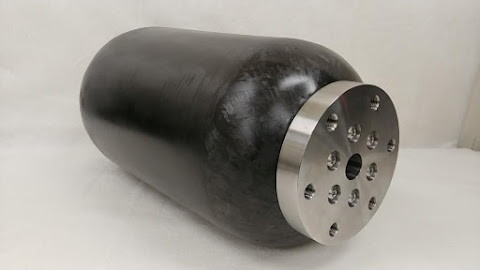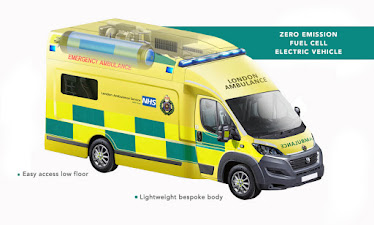Scientists may have found how migrating birds sense Earth’s magnetic field

Birds migrate thousands of miles without a GPS, using the Earth’s magnetic field to orient themselves. It’s been a long mystery how they were able to do this, but now, scientists may have found the key reason behind it: a molecule in the eye that’s sensitive to magnetism and gives birds a working internal compass. A group of biologists, chemists, and physicists tested a 40-years old theory according to which a light-sensitive molecule interacts with the Earth’s magnetic field via a quantum chemical process. To do this, they looked at a light-sensitive protein called cryptochrome 4 (CRY4) from the retina of European robins (Erithacus rubecula). “We think we may have identified the molecule that allows small migratory songbirds to detect the direction of the Earth’s magnetic field, which they undoubtedly can do, and use that information to help them navigate when they migrate thousands of kilometres,” Peter Hore, researcher and co-author of the paper. European robins live throughout E



